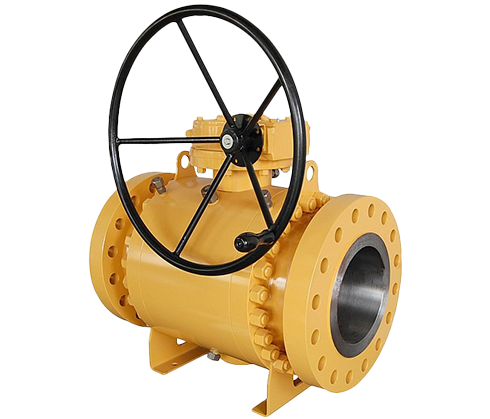2025-06-16
Expansion tanks are essential components in closed-loop heating, cooling, and water systems. They help manage volume changes caused by temperature fluctuations and maintain stable pressure. The Expansion Tank Ball Valve is used to isolate the expansion tank for maintenance, inspection, or replacement without needing to shut down the entire system. Selecting the appropriate valve for this purpose requires careful consideration of several key factors.

The valve must match or exceed the working pressure and temperature of the system. For example, in a high-temperature boiler system, the ball valve should have a high-pressure rating and be constructed of materials that can handle thermal stress.
Materials used for the Expansion Tank Ball Valve—such as brass, stainless steel, or bronze—should be selected based on the type of fluid in the system. Corrosive fluids or additives used in heating systems may necessitate stainless steel valves for improved durability and longevity.
Ball valves for expansion tanks often come with threaded or union connections for easy installation and replacement. Threaded connections are suitable for residential and light commercial applications, while flanged connections may be more common in industrial systems.
Selecting the correct size (typically ½" to 1") is crucial. An undersized valve could restrict flow or pressure equalization, while an oversized valve may be unnecessary and cost-inefficient.
The Flanged Floating Ball Valve is a commonly used type of ball valve known for its straightforward design, effective shut-off performance, and suitability in medium to high-pressure applications. Unlike a trunnion-mounted ball valve, the floating ball valve has a ball that is not fixed but is held in place by two valve seats. The flanged ends provide secure and leak-resistant connections to piping systems, making these valves ideal for industrial applications.
In this valve type, the ball is suspended between two seats and is free to move slightly within the valve body. When the valve is closed, the upstream pressure forces the ball against the downstream seat, creating a tight seal. This dynamic sealing mechanism ensures shut-off capabilities, even under varying pressure conditions.
Flanged connections allow for secure bolted installation between pipes, which is ideal for systems that require high strength, reusability, and ease of maintenance. The flanged design also provides greater resistance to mechanical stress compared to threaded or welded connections.
The Flanged Floating Ball Valve is available in various materials such as carbon steel, stainless steel, and alloy steel. The selection depends on the application's pressure, temperature, and the chemical composition of the fluid. Stainless steel models are often preferred in corrosive environments such as chemical or marine industries.
The floating ball presses against the downstream seat under fluid pressure, providing a tight seal. Soft seats (e.g., PTFE) offer low torque and tight shut-off, while metal seats are used in high-temperature or abrasive environments. The valve's sealing performance remains consistent across a range of pressures.
Flanged floating ball valves are typically operated manually with a lever handle but can easily be automated with pneumatic or electric actuators. This makes them suitable for both simple shut-off duties and more complex control systems.
Thanks to the flanged design, these valves can be removed from the line without cutting the pipe, facilitating easier inspection and maintenance. This is particularly advantageous in systems where regular servicing is required.
These valves are widely used in industries such as oil and gas, chemical processing, power generation, and water treatment. They are suitable for both liquid and gas services, and their robust construction ensures dependable performance in demanding environments.